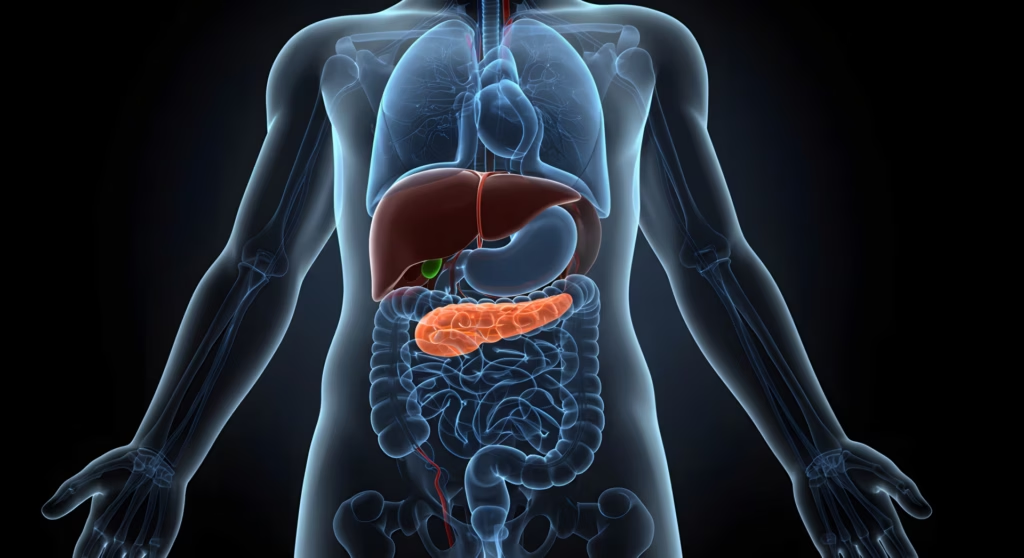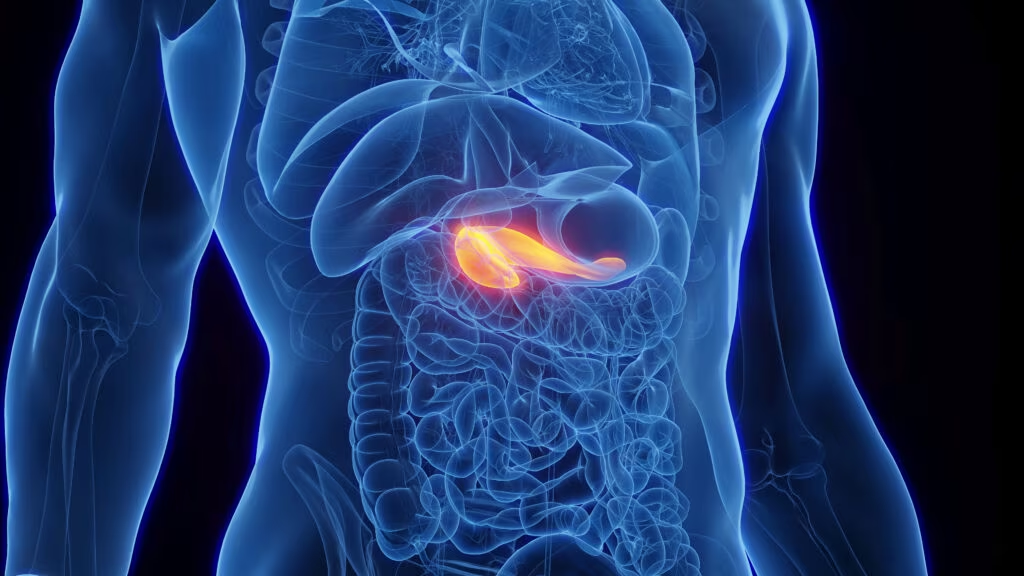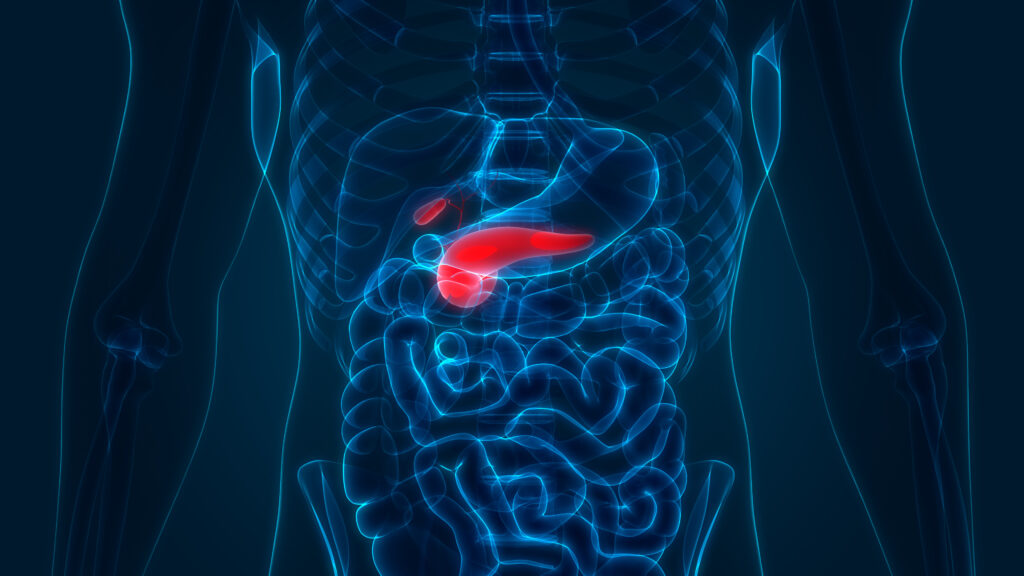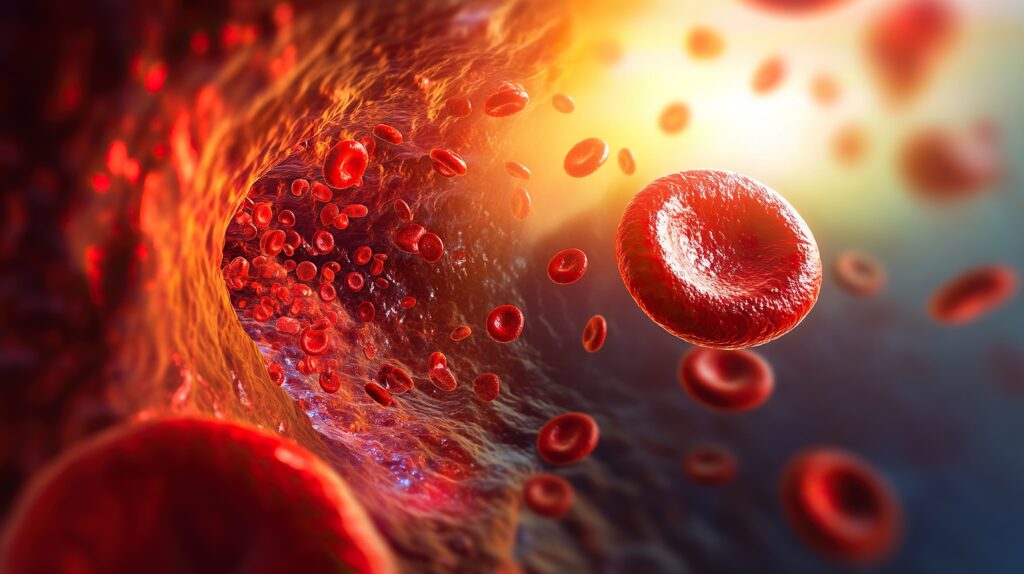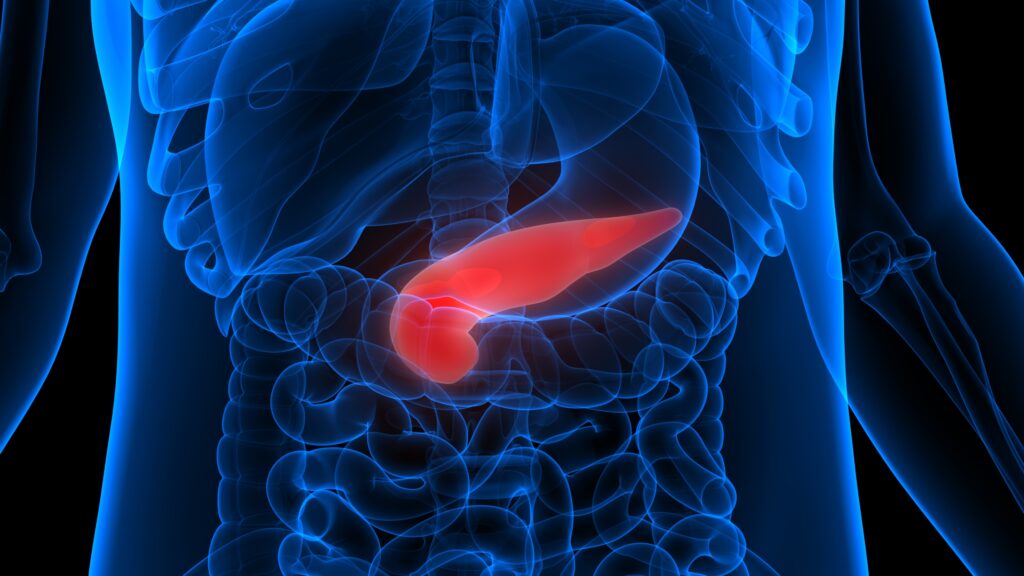Diabetes Nutrition Therapy
The American Diabetes Association (ADA) published Nutrition Therapy Recommendations for the Management of Adults with Diabetes in November 2013.1 The new position statement provides a set of recommendations based on a recent review of the literature on diabetes nutrition research. A table listing the supporting research for each recommendation is available online (http://professional.diabetes.org/nutrition).
Diabetes Nutrition Therapy
The American Diabetes Association (ADA) published Nutrition Therapy Recommendations for the Management of Adults with Diabetes in November 2013.1 The new position statement provides a set of recommendations based on a recent review of the literature on diabetes nutrition research. A table listing the supporting research for each recommendation is available online (http://professional.diabetes.org/nutrition).
The statement calls for all adults diagnosed with diabetes to eat a variety of nutrient-dense foods, defined as fiber-rich foods, which have a lot of nutrients but relatively few calories in appropriately portioned sizes as part of a healthful eating plan.
Goals of Nutrition Therapy
Goals of nutrition therapy in people with diabetes include development of an individualized eating plan that can help to achieve personal targets for blood glucose, blood pressure, cholesterol, and triglycerides levels.1 The eating plan should be based on the individual’s personal and cultural preferences, literacy and numeracy, and readiness to change, because there is not one eating plan that meets the needs of all adults with diabetes. Food choices should not be limited unnecessarily unless indicated by scientific evidence or if needed to delay or prevent complications of diabetes. Bottom line, since adults with diabetes need to eat on a daily basis to maintain health, the eating plan needs to be unique to the individual in order to be followed long term.
Role of Nutrition Therapy in Treatment of Type 1 and 2 Diabetes
Nutrition therapy is an integral component of the overall treatment plan for type 1 diabetes as soon as the diagnosis is made. In order to achieve optimal glycemic control, people with type 1 diabetes must learn the delicate balance of coordinating the carbohydrate component of the meal with prandial insulin.1 Therefore a fundamental nutrition therapy intervention is education on the carbohydrate counting meal-planning approach. The individual with type 1 diabetes is instructed to adjust prandial insulin based on planned carbohydrate intake (use of an insulinto- carbohydrate ratio).2
For people with type 2 diabetes, nutrition therapy is important across the continuum of the disease. Evidence demonstrates that the chronic inflammatory response initiated by excess weight in people at risk for type 2 diabetes is integrally involved in the development of insulin resistance. Although prediabetes was not included in the position statement, the landmark trial the Diabetes Prevention Program reported that prediabetes should be treated with lifestyle intervention that includes nutrition therapy.3 Lifestyle intervention including modest weight loss (5–7 % of body weight) and moderate physical activity (equivalent to 30 minutes of brisk walking on most days of the week) is effective in decreasing the risk for converting to type 2 diabetes by 29 % to 67 %. The impact of this level of lifestyle intervention in preventing and/or delaying the onset of type 2 diabetes can persist for at least 10 years. Large randomized controlled trials for prevention of type 2 diabetes conducted around the world have also repeatedly confirmed that lifestyle interventions are effective in different social and cultural settings as well as a wide variety of age and ethnic groups.4,5 As time goes by and a diagnosis of type 2 diabetes is made, the focus of the nutrition intervention shifts from prevention to management of the disease.
For adults with newly diagnosed type 2 diabetes who are overweight or obese, emphasis should be placed on energy reduction within the context of a healthful eating plan and physical activity to achieve a 5 % to 7 % weight loss and to minimize weight regain over time.1 Minimal weight loss that is maintained long-term in conjunction with regular physical activity has been shown to decrease the use of medications to control glucose, blood pressure, and lipids.6 Two trials conducted in participants with recent onset of diabetes that resulted in the largest amount of weight loss at 1 year were the intensive lifestyle interventions of the LookAHEAD (Action For Health in Diabetes) trial (–8.4 kg) and the Mediterranean-style eating pattern (–6.2 kg).7–9 Weight loss to improve glycemic control may be most beneficial for persons early in the diabetes disease process.10
Over the years, as beta cell function continues to decline in addition to the continued presence of insulin resistance, most individuals with type 2 diabetes will need to add diabetes medicine to the treatment plan in order to achieve optimal glycemic control. Health care providers and people with type 2 diabetes are often hesitant to initiate use of medication due to fear of weight gain (see Table 1).11,12 Therefore, prevention of weight gain is one of the main nutrition interventions during this phase. Referral to a registered dietitian has been shown to help mitigate this unwanted side effect of treatment.10,13–16
Intensification of medication that includes the use of insulin to treat type 2 diabetes should include nutrition counseling and education on the management of carbohydrate intake as a strategy for achievement of glycemic control. Adjusting prandial insulin doses to match desired carbohydrate intake (using a meal-planning approach such as carbohydrate counting) becomes a nutrition-intervention priority for individuals using a flexible (basal/bolus) insulin plan.1 For individuals using fixed (pre-mixed) daily insulin doses, carbohydrate intake on a day-to-day basis should be kept consistent in terms of time and amount.1 For nutrition therapies to be effective in the long term, ongoing support that includes lifestyle interventions (physical activity, counseling about nutrition, and behavior change) is recommended.17
Nutrition Therapy is Effective in Reducing Glycated Hemoglobin
Documented decreases in glycated hemoglobin (HbA1c) were observed to be –0.3 to –1 % for individuals with type 1 diabetes.2,18–20 In people with type 2 diabetes, reductions in HbA1c ranged from –0.5 to –2 %.10,13,21,22 Reported HbA1c reductions are similar or greater than what would be expected with treatment with currently available pharmacologic therapies for diabetes (see Table 1).
Nutrition Therapy—How is it Provided?
Ideally, people with type 1 or 2 diabetes should be referred to a registered dietitian/nutritionist (RD/N) for diabetes medical nutrition therapy (MNT) or participate in a diabetes self-management education (DSME) program that includes instruction on nutrition soon after their diagnosis.1 Unfortunately, a large percentage of people with diabetes do not receive any structured DSME and/or MNT.22,23 National data indicate that approximately half of the people with diabetes report receiving some type of diabetes education,24 even fewer see an RD/N. In one large retrospective study of over 18,000 patients with diabetes, only 9.1 % had at least one nutrition visit within a 9-year period.25
Medical nutrition therapy is an essential component of comprehensive health care for adults with diabetes.6 During an MNT intervention, RD/Ns counsel the individual on lifestyle changes and behavioral changes required to influence long-term eating habits and health. The Academy of Nutrition and Dietetics (AND) Evidence-Based Nutrition Practice Guidelines recommend the following structure for the implementation of MNT:26
- Performing a comprehensive nutrition assessment determining the nutrition diagnosis;
- Planning and implementing a nutrition intervention using evidencebased nutrition practice guidelines; and
- Monitoring and evaluating an individual’s progress over subsequent visits with the RD/N.
Academy of Nutrition and Dietetics recommends that diabetes MNT should be provided in a series of three to four encounters lasting from 45–90 minutes.27 The series of encounters should begin at diagnosis of diabetes or at first referral to an RD for diabetes MNT and should be completed within 3–6 months. In order to provide ongoing support of the eating plan, a follow-up encounter is recommended annually to reinforce lifestyle changes as well as to evaluate and monitor outcomes that indicate the need for changes in MNT or medication(s).
In addition to MNT provided by the RD/N, a wide range of health professionals, such as registered nurses or pharmacists, can provide nutrition education in the context of a DSME program. However, due to the unique academic preparation, training, skills, and expertise of the RD/N make him/her the preferred member of the diabetes care team to provide diabetes MNT.6
A Major Element in Management—No ‘One Size Fits All’ Eating Plan
The review of current diabetes nutrition therapy research also determined that there is no ‘one-size fits all’ way to eat. The ADA has also moved away from using the term ‘diet,’ and has focused more on the terms ‘eating patterns’ or ‘eating plan’ with emphasis on healthful food choices. The report includes a new eating patterns section. Eating patterns can be defined as combinations of different foods or food groups. Many different types of eating patterns can be effective for achieving personal health goals and preferences for people with diabetes. Examples of eating patterns that have been studied in people with diabetes include: Mediterranean style, low-fat, low carbohydrate, vegetarian or vegan, and Dietary Approaches to Stop Hypertension (DASH). The new position statement does not include sample meal plans as research over the last decade from around the world concludes that individualization is a major element of an effective eating plan for people with diabetes.
Practical Application
In an effort to translate the position statement’s recommendations into clinical practice, a table entitled ‘Summary of Priority Topics’ was included in this position statement (see Table 2).1 These are evidence-based nutritional management talking points that can be used by members of the health care team.
Topics include:
- Strategies for all people with diabetes; and
- Coordination of food with diabetes medications—including different classes, such as: basal-bolus or fixed-dose insulin plans, metformin, insulin secretagogues, incretin mimetics, etc.
Summary
Nutrition therapy is an effective part of the overall treatment plan and should be promoted. Health care providers should refer their patients with diabetes to an RD/N for MNT and/or encourage participation in DSME programs, a majority of insurance plans and Medicare cover both. The eating plan that is developed in collaboration with the person with diabetes needs to fit their food preferences, metabolic goals, and lifestyle so that it can be consistently followed in the long term.


